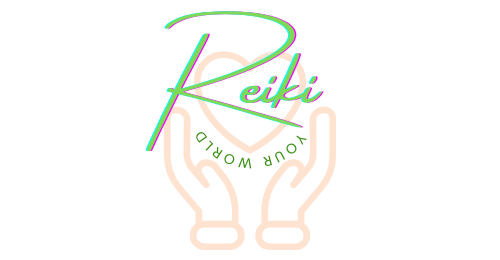Reiki healing, is a form of alternative therapy, it’s all about using your hands to channel energy for balance which supports stress relief and relaxation. Originating in early 20th-century Japan, this practice has gained global traction among those seeking holistic health solutions.
The core of Reiki lies in the belief that life force energy flows through us all and can be harnessed by channeling it through touch. Practitioners aim to balance energy fields in and around the body, promoting self-healing and well-being.
Today, Reiki has evolved, finding its place alongside other holistic therapies in spas, wellness centers, and even some clinical settings. With a focus on simplicity and minimal intrusion, this practice is accessible to many, transcending cultural boundaries and belief systems.
Given the rising interest in holistic health, Reiki’s popularity is soaring. People are starting to view it as a complementary approach to traditional medicine, appreciating its non-invasive nature and potential to enhance overall wellness.
The Science Behind Reiki and Stress Reduction
Though Reiki can often seen as an art form, there’s a growing body of research that digs into its impact on stress and anxiety. Various studies suggest that Reiki can significantly reduce stress levels, helping individuals unwind and clear mental clutter. This isn’t just about feeling better in the moment; it also addresses deeper-rooted stress habits that might contribute to prolonged anxiety.
Reiki’s approach connects the mind and body in a subtle dance, emphasizing the flow of energy as a key element in stress management. By fostering relaxation, it taps into the parasympathetic nervous system—the rest and digest mode of your body. This contrast to the fight-or-flight response, often triggered by stress, allows the body a chance to recover and self-regulate, return to a balanced state.
Scientific studies explore how Reiki’s gentle touch can influence heart rate variability and cortisol levels, both important markers of stress. While some research is promising, it’s essential to stay grounded in reality and remember that more extensive, conclusive studies are still needed to fully understand Reiki’s impact.
Challenges in Reiki research arise from the subjectivity of experiences and the unique interplay between practitioner and recipient. However, this shouldn’t deter exploration. Keeping an open mind about Reiki’s potential in stress relief can offer new perspectives on balancing modern life’s demands. Try for yourself and see.
Benefits of Reiki Healing for Reducing Anxiety
When it comes to calming anxiety, Reiki offers a unique approach that resonates with many. During a Reiki session, practitioners use gentle hand placements to channel calming energy into the recipient’s body, often leading to a sense of peace and relaxation.
Numerous individuals who have experienced Reiki share powerful testimonials. They speak of feeling an uplifting shift in energy, a kind of clarity that helps them manage anxious thoughts more effectively. These personal accounts, while subjective, can provide valuable insights into how this practice might benefit others.
Reiki is often embraced as a complementary therapy that works well alongside traditional treatments for anxiety, like therapy and medication. It’s about creating a holistic treatment plan that respects and integrates various aspects of a person’s well-being.
The potential long-term benefits are noteworthy too. Regular Reiki sessions have been said to support emotional balance over time, helping to develop coping strategies without the side effects that some medications might pose.
Keep in mind, Reiki isn’t a cure-all, but it does offer a comforting hand to hold in the journey towards mental peace. If it suits your lifestyle and beliefs, incorporating it could make your emotional toolkit even more robust.
Incorporating Reiki into Your Self-care Routine
Adding Reiki to your self-care routine can be a straightforward yet rewarding step towards managing stress and anxiety. If you’re keen to explore this path, finding a qualified Reiki practitioner is crucial. Look for someone with credible training and positive reviews from other clients. Trust and comfort with your practitioner play a big role in the effectiveness of your sessions.
A typical Reiki session involves you simply lying down or sitting comfortably while the practitioner places their hands lightly on or above different areas of your body. Expect a calming atmosphere, one where you might feel warmth or tingling sensations or nothing physical at all, just noticing a calmness come over you—each person experiences it differently.
For those interested in using Reiki independently, you can start with simple techniques. Self-Reiki involves using your hands to transfer energy to different parts of your body, ideally whilst in a place where you can focus on yourself. Remember, like anything, practice makes perfect, and being patient with yourself is key, it takes time to begin to feel energy.
Reiki also pairs well with other self-care practices. Whether it’s yoga, meditation, or a mindfulness walk in nature, integrating Reiki can enhance these activities, providing a deeper sense of calm and connection. The idea is to create a harmonious self-care lifestyle that supports your mental and physical wellness.
